15 Delicious French Traditions That Surprise Americans
15 Delicious French Traditions That Surprise Americans
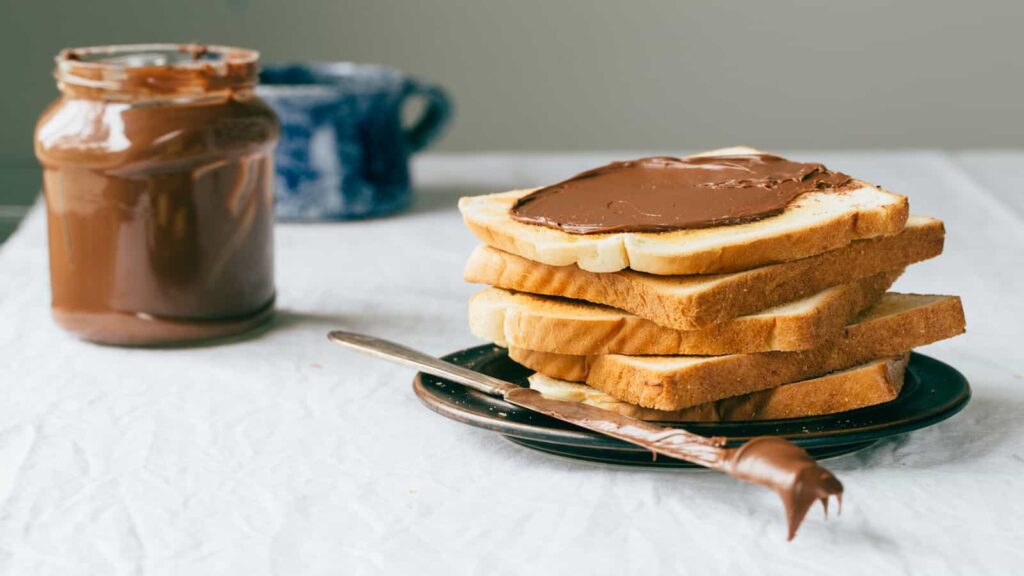
French eating habits can be quite a surprise to Americans. The dining culture in France focuses heavily on the experience of eating, not just the food itself. This includes everything from the timing of meals to the way food is prepared and served.
The French take their meals seriously, and these meals often last longer and occur later than in the U.S. The following details highlight some of the key aspects of French eating habits that might shock an American.
Long Meals
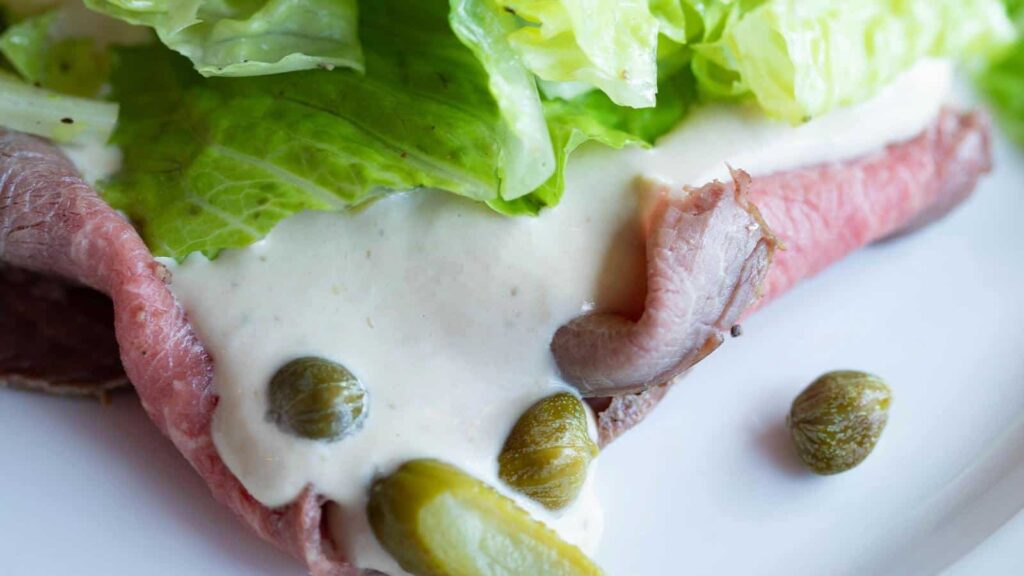
In France, meals are more than just eating; they are a time for socializing. It’s not uncommon for a meal to last several hours, especially during gatherings or on weekends. This extended meal time allows for leisurely eating, conversation, and enjoying multiple courses. This approach emphasizes the social aspect of dining, making each meal a significant event.
Multiple Courses
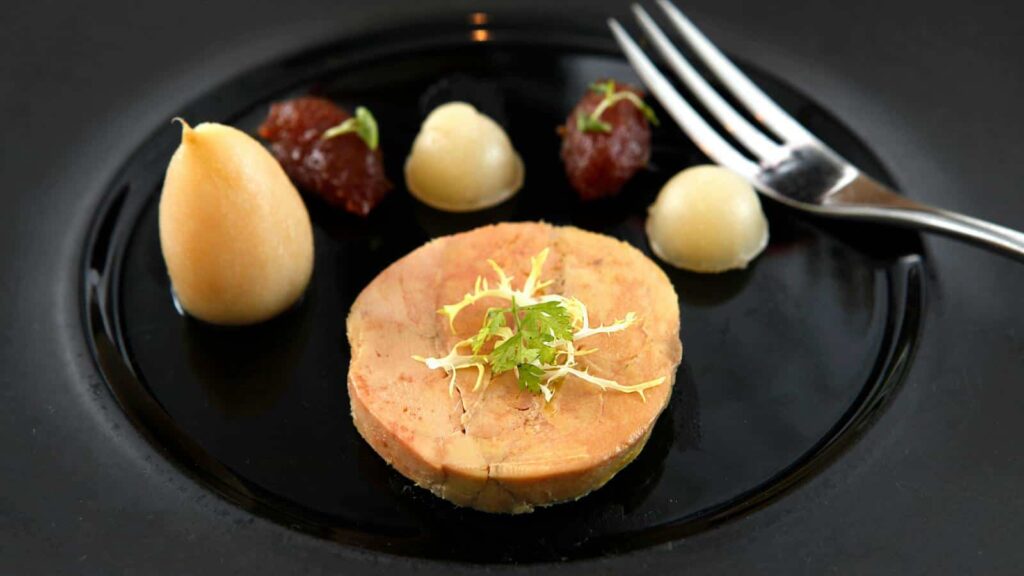
Even everyday dinners in France typically involve multiple courses. Starting with an appetizer followed by the main dish, then cheese, and finishing with dessert, this structure extends the dining experience and allows one to savor a variety of foods. This style of dining highlights the importance of enjoying each part of the meal distinctly.
Late Dinners

French dinner times might seem unusually late to Americans, often starting around 9 PM or later. This timing reflects the relaxed French lifestyle where evenings are a time to unwind and enjoy food without rush. Late dinners also align with the social nature of French dining, where meals are a time to gather and converse.
You may also like: 10 French Habits That Surprise Americans
Wine with Every Meal

In France, it is customary to have wine with both lunch and dinner. Wine is considered part of the meal, enhancing the flavors of the food and the overall dining experience. This practice shows the deep connection between French culture and its wine production, integrating these beverages into daily life.
Limited Snacking

Unlike the American habit of frequent snacking, the French typically stick to three meals a day with minimal, if any, snacks in between. This habit ensures that each meal is enjoyed to the fullest and that appetite is preserved for complete dishes, which are meant to be balanced and satisfying.
Cheese Course
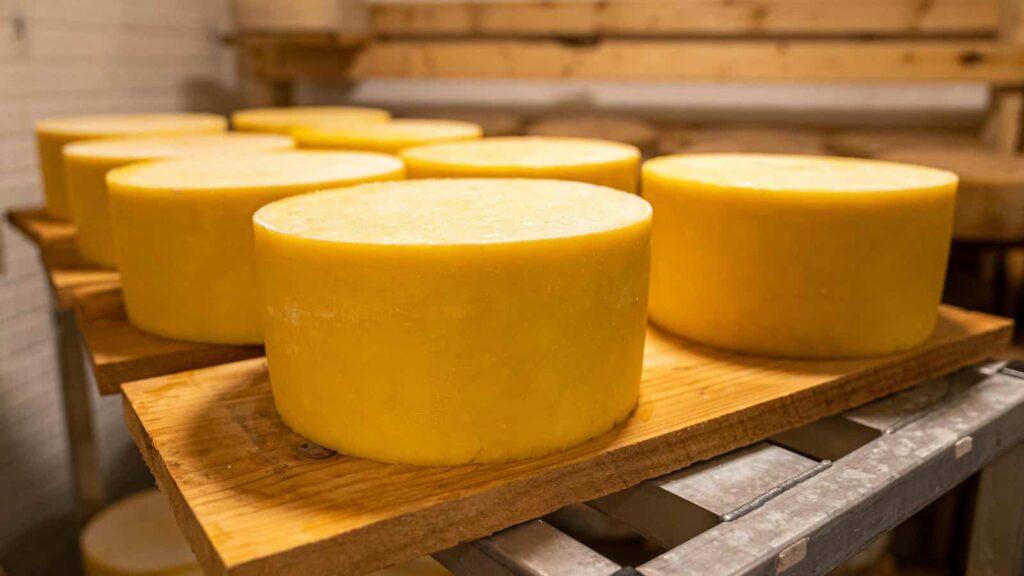
Cheese is often served as a separate course before dessert in France. This part of the meal is dedicated to savoring different types of cheese, which are a point of national pride. The cheese course helps transition from the savory flavors of the main courses to the sweetness of dessert.
You may also like: 12 French Words Americans Use The Wrong Way
Small Portions
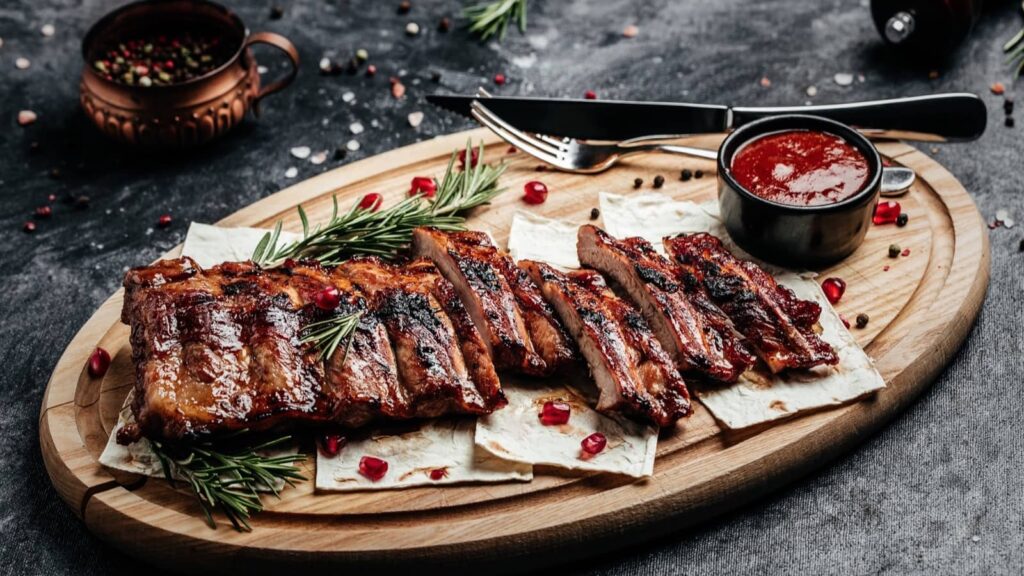
In France, portions are generally smaller than what Americans are used to. This practice aligns with the French approach to eating, which focuses on quality over quantity. Smaller portions allow for the enjoyment of more flavors and courses without overeating.
Bread with Everything
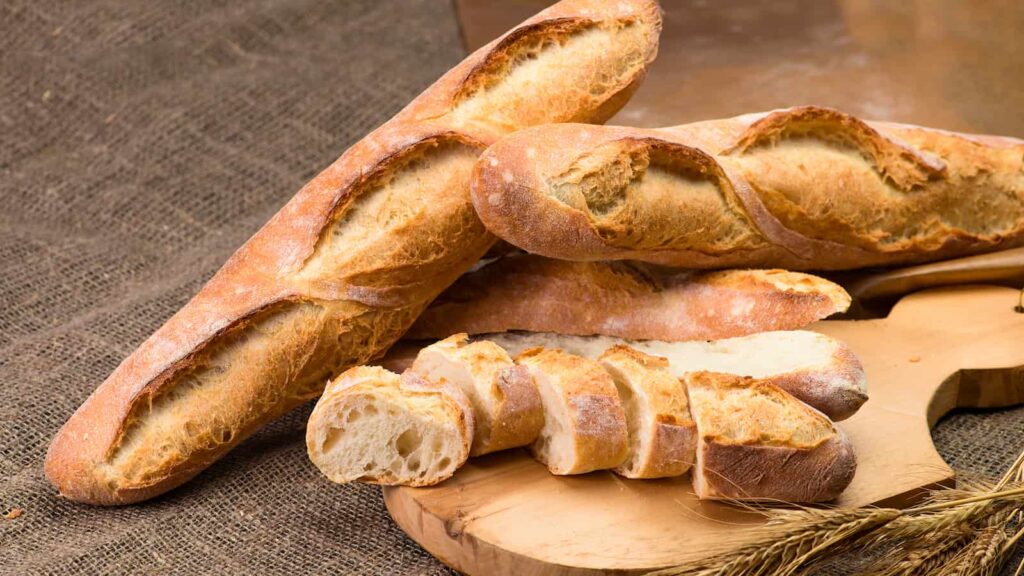
Bread, especially baguettes, is a staple at almost every French meal. It is not only a filler but also complements the various courses, used to sop up sauces or paired with cheese. The constant presence of bread highlights its importance in French dining.
Formal Table Settings
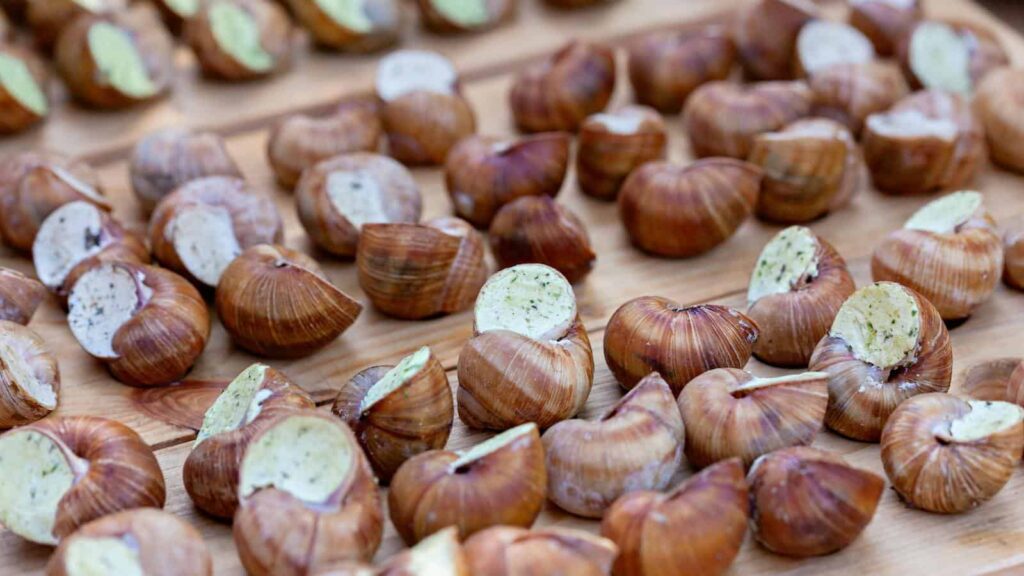
Even casual meals in France can feature detailed and formal table settings. This attention to detail reflects the respect the French have for mealtime as an important part of the day, deserving of special consideration and care.
Butter with Bread
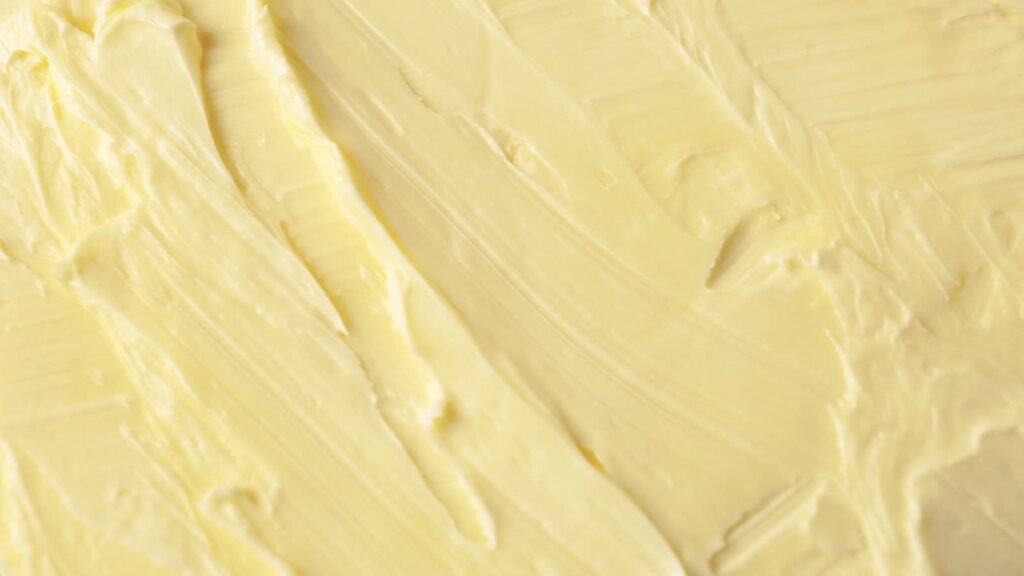
While butter is common with bread in the morning, it is not typically used during other meals in France. Bread is enjoyed plain or used to accompany other elements of the meal, allowing its flavor and texture to complement other foods rather than overpowering them.
You may also like: 10 French Habits That Will Make Your Life Better
Minimal Spices

French cuisine is known for its subtle flavors, using fewer spices compared to other culinary traditions. This practice emphasizes the natural tastes of the ingredients rather than masking them, allowing each component’s quality and freshness to shine.
Eating Seasonally
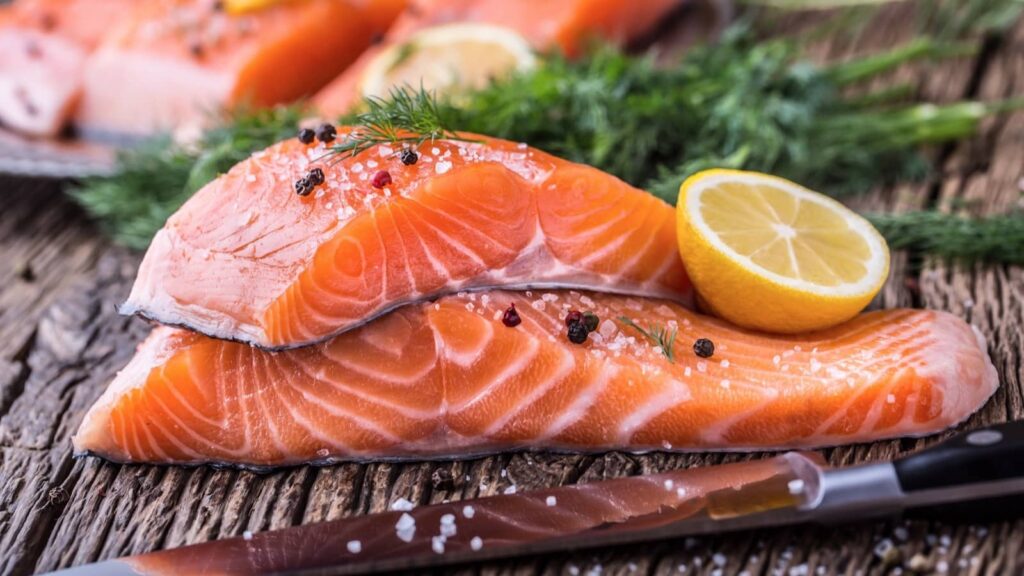
Seasonal produce is a cornerstone of French cuisine, with menus changing to reflect the current harvest. This approach ensures that ingredients are at their peak of flavor and nutrition, and supports local agriculture.
No Doggie Bags
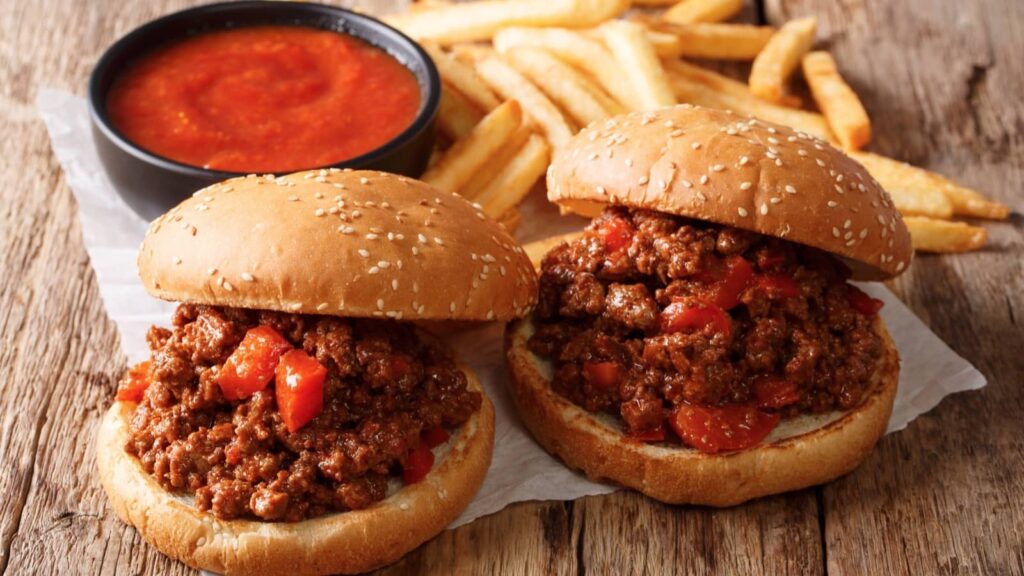
Taking leftovers home from restaurants is rare in France. Meals are typically portioned to be finished in one sitting, reflecting the French commitment to culinary balance and the freshness of their cuisine.
Respect for Mealtime

In France, meal times are considered almost sacred. These moments are free from interruptions like phone calls or television, focusing solely on the pleasure of eating and the company of others.
Fresh Ingredients
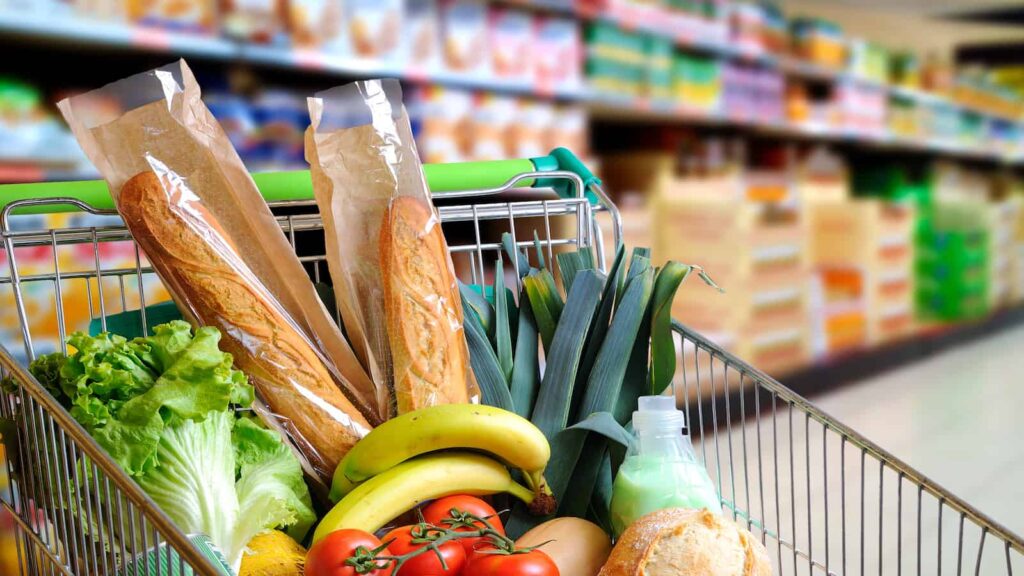
A strong preference for fresh, local ingredients is prevalent in French cooking. This priority enhances the flavor of dishes and supports sustainable practices by using produce that has not traveled long distances.
15 Weirdly Common Things Americans Suck At According To Foreigners

Read More: 15 Weirdly Common Things Americans Suck At According To Foreigners
23 Things Americans Do Without Realizing How Weird They Are

Read More: 23 Things Americans Do Without Realizing How Weird They Are
14 Europeans Things Americans Don’t Understand

Read More: 14 Europeans Things Americans Don’t Understand
We are Mary and Eric, the founders of Be Right Back, a blog dedicated to romance around the globe and at home.
We are Mary and Eric, the founders of Be Right Back, a blog dedicated to romance around the globe and at home. With over 10 years of experience in dating and traveling to romantic places, we share our favorite date ideas and romantic destinations to help couples level up their relationships. Having lived in and traveled through the USA, we also share our favourite things to do in the States.
With 70,000 monthly readers and 16,000 followers on social media, Be Right Back is your go-to resource for romantic trip ideas and couple activities at home and abroad.
